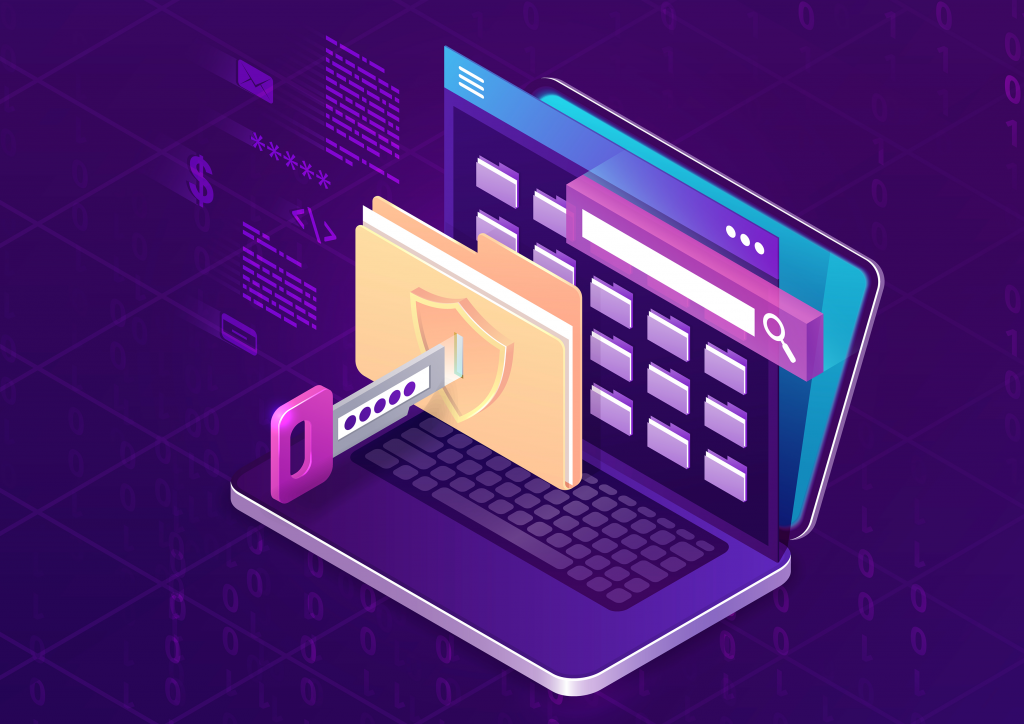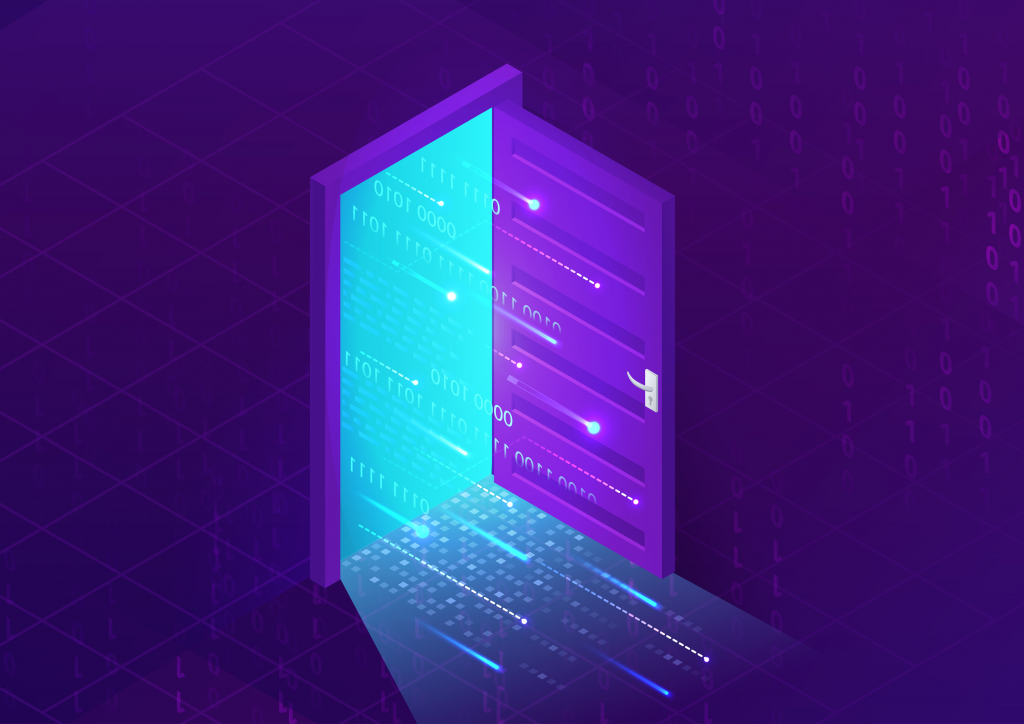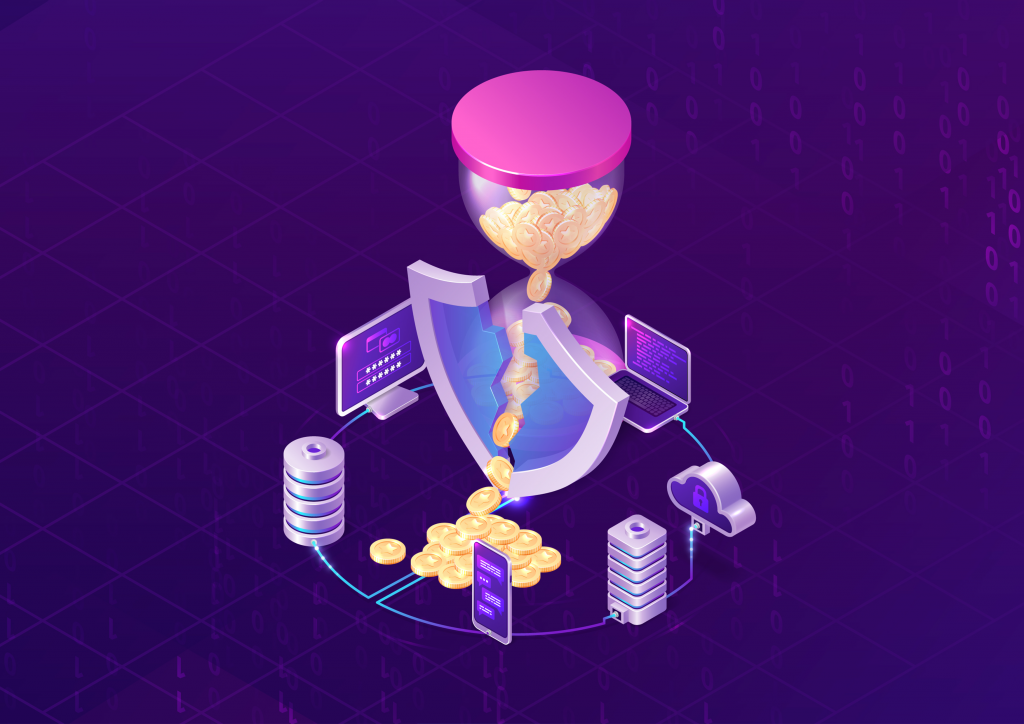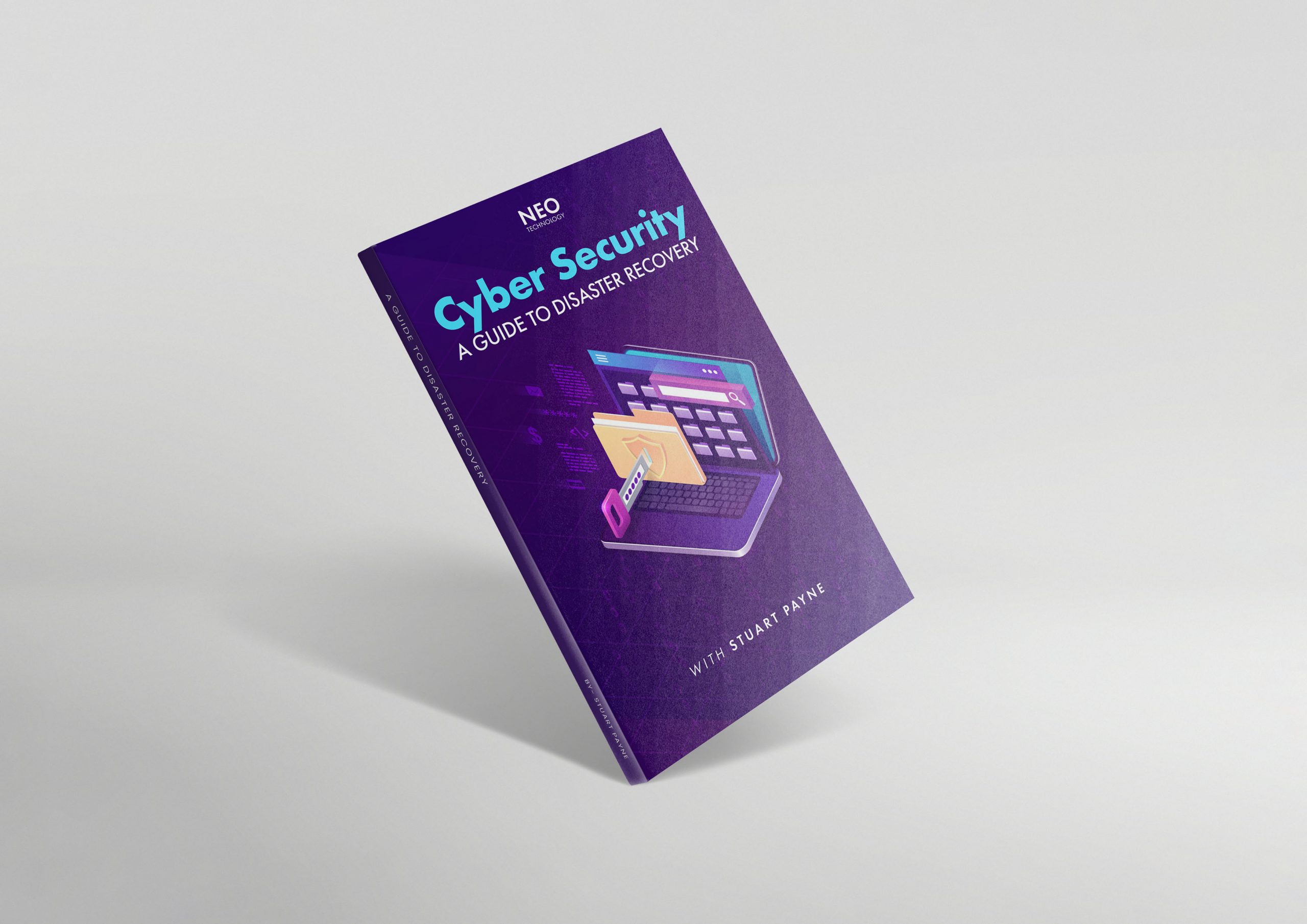Cyber Security - A Guide To Disaster Recovery
Are your IT systems vulnerable to hackers? Do you have an ineffective Disaster Recovery (DR) plan, or no plan at all? If so, there is a high probability you will be targeted by ransomware attackers in the near future.
Always Prepare for the Unexpected
Is your organisation vulnerable to cybercrime? Perhaps you suffer from faulty IT infrastructure? In the digital era, the need for a robust disaster recovery strategy has never been greater. Did you know that just a minute of downtime could cost an organisation $5,600? (Gartner)
To survive, thrive and maintain your organisation’s integrity, it is imperative that you protect your critical data and have a system in place that allows your systems to continue functioning normally in the event of a disaster.
According to a report (Datto’s State of the Channel Ransomware) 96% of businesses fully recover from ransomware attacks when they have a backup and recovery solution in place. Without one, the report states, your organisation has a 40% statistical chance of being = unable to recover from ransomware quickly or fully. Once the damage is done, that can be very hard to bounce back from.
Disasters are inevitable, but some disasters are worse than others. With the right strategy, planning and care, you can minimise occupational hazards that come your way to ensure that your long-term infrastructure and reputation as a company remain unscathed.

Are Cyber Attacks A Serious Threat?
The rate and variety of cyber attacks are growing each year. Did you know that nearly two-thirds of medium sized organisations have suffered a ransomware attack in the last 18 months? Worse still, 20% of these organisations had to pay $250,000 to retrieve their lost data. (Comparitech)
At present, 21% of files are not protected in any way (Commwestcorp) – which is the digital equivalent of leaving your front door open in a rough neighbourhood. There is no room for complacency in the digital era. A shopkeeper locks and shutters his store after hours, and usually fits his store with security cameras and burglar alarms. Business owners must be as vigilant in the digital sphere as they are in the physical world.

Air Gapping Is Needed To Prevent & Mitigate:
- Ransomware
- Data Corruption & Detection
- Outrages & Natural Disasters
- Compliance
Discover What We Do

How To Fend Off Cyber Criminals
To mitigate the ability of cybercriminals to reach system backups, you must design modern, Cloud-based strategies that effectively balance your security priorities. Solutions such as the deployment of a Virtual Air Gap enable data isolation and recovery. In a worst-case scenario cyberattack on the primary Data Recovery (DR) backup source, rapid automated recovery from the Air Gap mechanism will empower your organisation to prepare and recover from attacks seamlessly and quickly.
At Neo Technology, we leverage the Microsoft Azure Site Recovery (ASR) to let you redeploy data replicates to secure locations in the Cloud. ASR integrates with Microsoft applications including Dynamics 365, SharePoint, SQL and Exchange. It is a simple solution that is easy to deploy and it significantly reduces your on-premises infrastructure costs.

What’s Driving The Mass Adoption Of Air Gapping?
Having proved itself to be a successful solution to the threat of backup data destruction, Air Gapping is now a highly recommended technology for companies across sectors.
Its ultimate aim is to make backup systems impossible for hackers to reach, ensuring copies are preserved and fully usable post-recovery.

Just How Popular Is Air Gapping?
According to TechTarget, 30% of businesses say they have deployed an Air Gapping solution, while a further 22% say they are in the process of planning or testing such a solution. Another 27% have expressed interest in investing in Air Gapping.
What Are The Design Principles Of Air Gapping?
- Protection
One of the key design principles of Air Gapping is protection. Air Gap backups should be stored in a secure location that is inaccessible to unauthorised personnel. This ensures that if the primary system is breached, the backup will remain secure. There are various other security measures that can be used in conjunction with Air Gapping, such as encryption and physical security. However, protection is the most important consideration when designing an Air Gap security system.
- Detection
As any good technologist knows, detection is a crucial part of keeping data safe. Too often, organisations focus solely on prevention, without taking the time to establish patterns and identify suspicious activity. Teams must track usage, audit backups and collect intelligence on a regular basis in order to detect potential threats. In addition, automated alerts should be configured to notify security personnel of any unauthorised, suspicious or malicious activity.
- Acceptance
It is important to extend your current existing disaster recovery and backup solution to build the Air Gap approach for application consistent backup, efficiency, cost effectiveness, testability and team adaptability.
- Maintenance
Simplified management across environments using a centralised management interface for the Air Gap environment makes it easier to define policies to natively protect, automatically audit and monitor workloads.
- Recovery
It is essential to maintain a vaulted data copy that is always available in a different location such as the Cloud. This ensures instant recovery to any point in time at the source or alternate location. These include databases, on-premises Windows servers and 365 services.
Data Recovery - The Three Step Process
Step 1 – Protect
Our Cloud specialists secure the mission-critical business applications and data that hold customer information. We secure them as immutable or “gold” copies in a physical and operationally isolated environment. The solution is configured to achieve an “end of last business day” as RPO and an RTO of one business day applicable to applications, data, code and configurations.
The data is secured with best security practices such as data encryption in flight and rest, granular role-based access control, etc.
Step 2 – Maintain
For effective maintenance, a simplified environment administration with a centralised dashboard is needed to manage data vaults, with total auditability for backup jobs, data access and any configuration changes.
Another good practice is automated anomaly detection and reporting, and the planned testing of the restoration and recovery process. Alarmingly, 23% of businesses with a DR plan admitted to never testing their plan. (Commwestcorp)
61% of respondents put this down to lack of time, while 51% cited a lack of resources. At Neo Technology, we deliver both, at pace and at affordable rates.
Step 3 – Recover
We deploy automated, fast and granular recovery to source or alternate locations to meet pre-defined SLAs.
Our IT teams enable faster application access for all applications and services. We scale up the IT environment gradually in batches to restore the services for our clients in accordance with their priorities.
Why Are So Many Businesses Slow To Embrace Cyber Security?
While complacency may be a factor for some organisations, many have legitimate concerns about which security and backup frameworks to use, how to implement them, with whom, and at what cost.
With the wrong strategy, businesses risk bankrupting themselves on an unreliable framework that takes them further back than they were in the first place.
Business leaders also face the conundrum of choosing whether to train their employees to manage cybersecurity or outsource their needs. At Neo Technology, our Site Reliability Engineers provide 24/7 cyber security and maintenance at cost-effective rates. Our in-country, client-facing management team oversees our Global Teams, ensuring accountability and transparency throughout projects.
We leverage Cloud solutions such as AWS, Dynamics 365, and Azure to ensure that your data is always secure. We invite you to our regular daily stand-ups and meetings to ensure that you are with us every step of the way.


